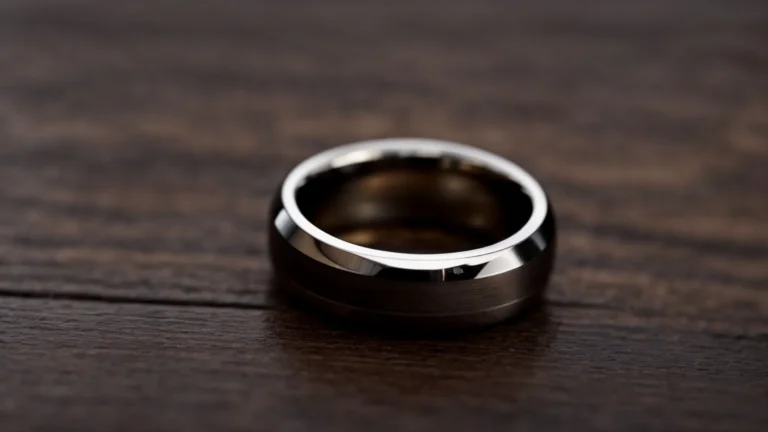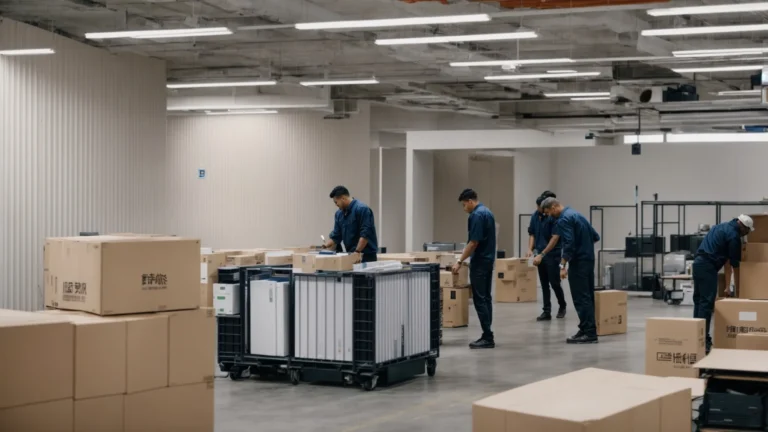DIY projects have been growing in popularity for years, helping people save money and have fun decorating their homes. Some online sites are dedicated to many projects that are affordable and easy to do as gifts and for yourself. For the crafty individual, DIY plans can be a bonding experience with your children and friends. If you are a trained professional such as a mechanic, side jobs can become lucrative after work or on weekends assisting people to fix their vehicles for cash work. It helps save your loved one’s labor costs and gives you extra spending money in your pocket. You may not be a certified professional but have a knack to be good at it. Welding, for example, can become dangerous physically without proper training or equipment. What seems to be a harmless Saturday afternoon hobby can quickly become a trip to the ER. Here is why you should consider the precautions before a DIY welding project.
DIY projects can assist you to cut back on costs to your home or business home done carefully and properly. In 2016 when asked if they planned on DIY projects to save money, 65 percent of homeowners answered yes. With instructional videos on Youtube and publications such as Home and Gardens, professionals give tips and how-to videos from container gardening to re-roofing a home. Certain jobs such as vehicle repairs or building with steel and other metals may require the use of welding materials. Some artists work with welding material to create structural art and sculptures. Even if the work seems easy enough for you to conquer, there are some welding safety issues you should consider. Unless you are a professional welder with a workshop set up at home properly, you should acquire welding services of trained professionals.
Welding consists of joining thermoplastics or metal by the use of high heat from, for example, lasers, spot welding, and electron beam welding. Small metal shavings can cling onto clothing and be transferred without knowing it. Irritation to the skin can occur, however, eye problems can result in the lack of care after working with welding materials. If shavings enter the eyes (especially at high speeds) they can scratch or tear the cornea and cause damage and even blindness. Welders at workwear safety equipment such as goggles, welding masks, and heavy leather gloves and clothing to protect their skin and eyes. Flash burn, also referred to as arc eye, is a common eye injury during welding if the right head and eye gear aren’t worn. It’s like having a sunburn in your eyes and can create similar issues. Within a few hours of exposure, your eyes begin to get red, they begin to tear, get blurry, and pain from the flash exposure. Your doctor may prescribe numbing eye drops and an exam to check if any permanent damage happened. Flash burn usually goes away on its own with proper care and treatment from an eye specialist like an ophthalmologist. Foreign matter in the eyes can come out and only causing temporary discomfort or pain. In some cases, you can develop endophthalmitis which is an infection caused by foreign objects in the eye. This can lead to blindness and if your discomfort isn’t going away, seek medical attention immediately.
Whether you are a weekend warrior or weld for a living, accidents and oversights can occur. The importance of an eye exam after you have been subjected to flash burn or other bright lights during welding is crucial for healthy sight. A good idea might be taking some safety courses and educating yourself on the basics of welding before transforming your garage into a welding space. If you are completely set on welding for a DIY project at home, discuss with a professional to cover all your safety bases.


